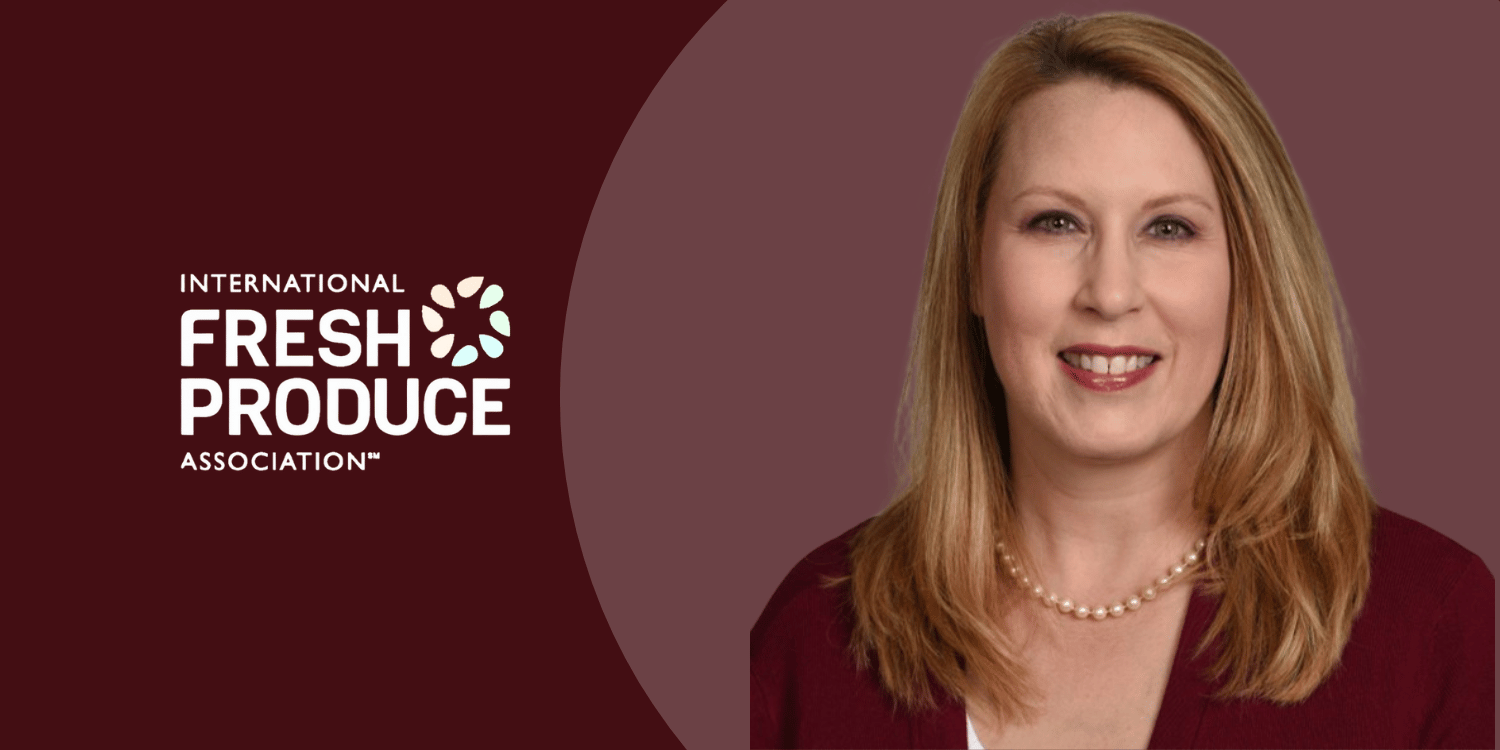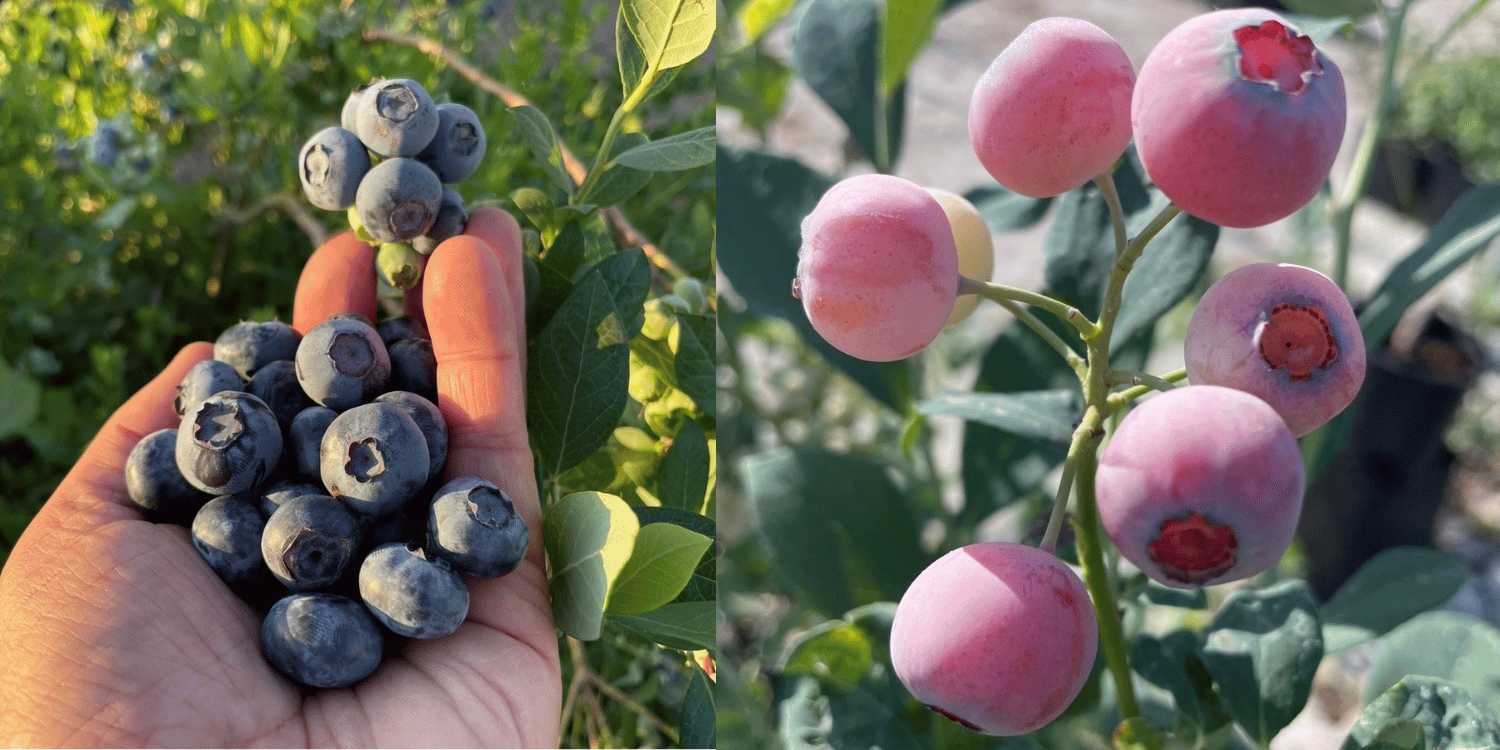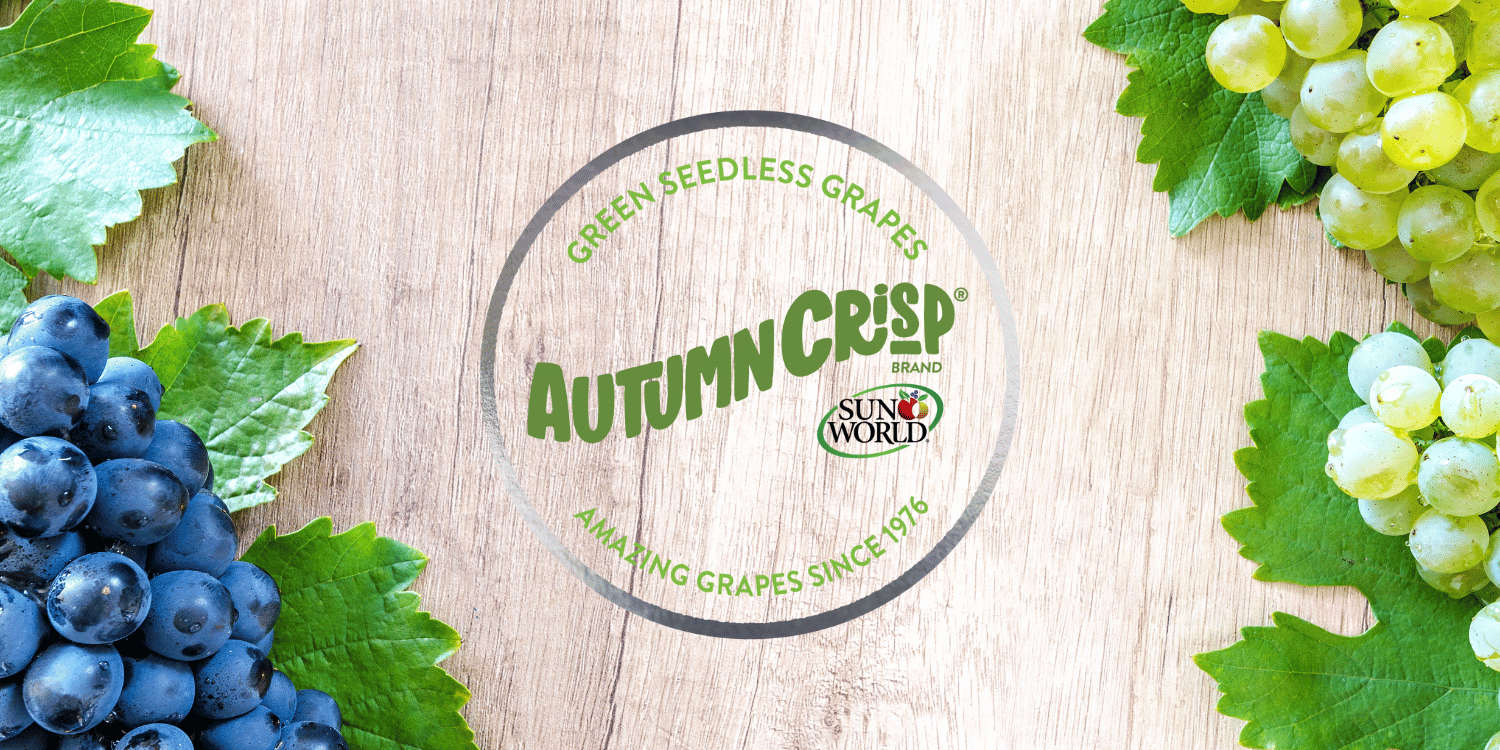In the highly competitive world of fruits and vegetables trade, strategic pricing is critical for profitability.
Understanding the best approach to pricing can determine the success or failure of a business.
This article will dig in deep into various pricing methods that can maximize your profit in produce.
We will explore the implications of different strategies and how they correlate with market conditions.
The aim is to empower businesses to make informed decisions concerning pricing.
Therefore, prepare for a comprehensive analysis of methodologies that can increase your profit margins in this dynamic industry.
- Analyze market data to establish the most profitable price.
- Apply price discrimination tailored to different customer sets.
- Apply psychological pricing to enhance perceived value.
- Utilize dynamic pricing aligning with supply and demand.
- Offer discounts for purchases in bulk quantities.
While these strategic approaches greatly contribute to profitability, these are not the only considerations in pricing strategies.
Having a comprehensive understanding of your market and customers is key to delivering value and securing consistent sales.
I’ll share some effective strategies on how to dig in into this area to optimize your produce pricing.
This will include topics such as understanding customer behaviors, strategic partnerships for promotional pricing, and exploring tiered pricing structures. Let’s continue our exploration of this fundamental aspect to a profitable business.
Contents
- Pricing Strategies For Maximizing Profit In Produce
- 1. Determine Optimal Price Based on Market Research
- 2. Introduce price discrimination for different customer groups
- 3. Use psychological pricing to increase perceived value
- 4. Implement Dynamic Pricing Based on Demand and Supply
- 5. Provide discounts for bulk purchases
- 6. Use Promotional Pricing for New Product Launches
- 7. Seasonal Pricing Strategy for Certain Fruits/Vegetables
- The Bottom Line
Pricing Strategies For Maximizing Profit In Produce
1. Determine Optimal Price Based on Market Research
In Short: Knowing the optimal price via comprehensive market research aids in creating effective pricing strategies and maximizing profits in produce businesses. Proper understanding of factors like production costs, market competition, customers’ willingness to pay, market trends, and additional costs along with a thorough customer and market analysis, prevents “price wars” and enables implementing value-based pricing hence ensuring business profitability.
One of the pivotal steps in devising effective pricing strategies for maximizing profits in produce is to first determine the optimal price based on comprehensive market research.
Nurturing a deep understanding of your market and your competitors can significantly influence your pricing strategy.
Extensive market research allows a business to benchmark the prices of commodities against industry standards and those of competing businesses.
You can make use of various tools and platforms on the internet to automate this benchmarking process.
It is critical to understand that different product categories in the produce business may have distinct optimal prices which would require separate analyses.
The kind of produce, its quality , the method of its procurement, and various other factors play a significant role in determining the price.
Undertaking such research helps set a solid foundation on which businesses can build further pricing strategies .
Here is a brief overview of factors that should ideally be considered while determining the optimal price:
- Costs involved in producing or procuring the produce.
- Degree of competition in the market and the prevailing prices there.
- Customer’s perceived value of the product and their willingness to pay .
- Seasonality and resulting fluctuations in supply and demand .
- Any specific market trends or forecasts that could influence future prices.
To set the perfect price, businesses also need to thoroughly understand their target customers .
This requires a careful analysis of demographics, buying behavior, and the perceived value of the product in the minds of consumers.
Pricing in a way that aligns with customers’ perceived value, often also referred to as value-based pricing , can go a long way in ensuring the profitability of your produce business.
At the same time, while keeping the price competitive is important, businesses should avoid falling into the trap of a ‘price war’ with competitors.
Finally, while determining the price, businesses should also factor in any additional costs that may be incurred in the process of getting the produce from the farm to the consumers.
This could include transportation costs, packaging, and any expenses related to preserving the freshness and quality of the produce.
By diligently taking into consideration all these factors and continually monitoring the market, businesses can effectively determine the optimal price to maximize their profits in the produce business.
2. Introduce price discrimination for different customer groups
In Short: Price discrimination is a strategy that charges different customer groups varying prices for the same product to maximize profits and market coverage. Successful implementation requires understanding customer dynamics, setting varied price points based on demand elasticity, and establishing barriers to prevent cross-buying.
Getting into the concept of price discrimination, it is an effective pricing strategy employed by businesses to optimize their profits and increase market coverage.
Essentially, this strategy involves charging different prices to different consumer groups for the same product or service from within the realms of the law and ethical business conduct.
Each customer group is identified based on a variety of factors such as geographical location, buying habits, purchasing power, and value perception.
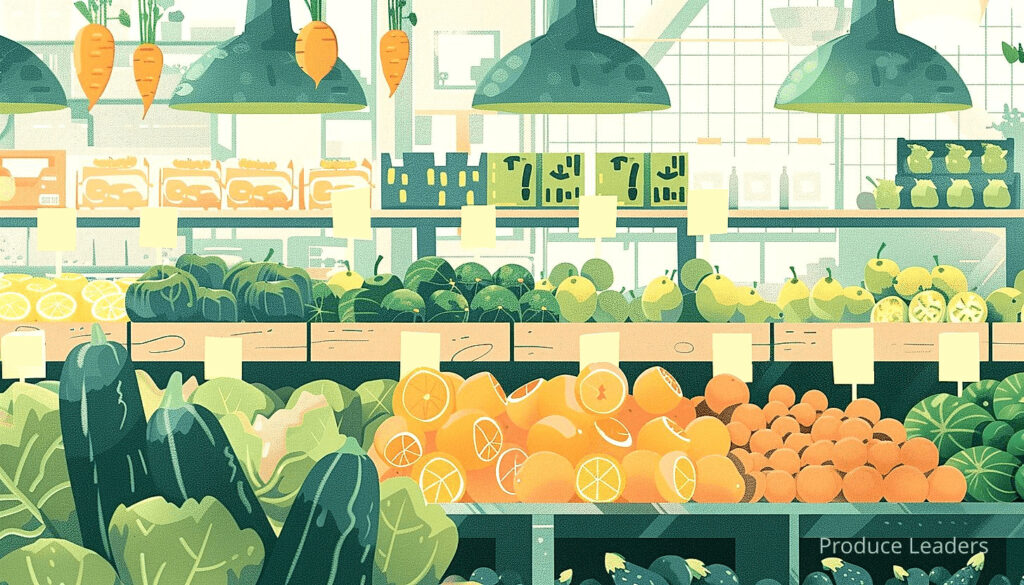
Choosing to implement price discrimination in the realm of produce sales involves deep understanding and careful categorization of your customer base.
Your customer base may range from individual consumers and families to large restaurants or catering services.
For instance, a high-income customer group located in urban areas might not be price sensitive and would be willing to pay a higher price for organic, locally-sourced fruits and vegetables.
On the other hand, middle-income families might prioritize affordability over organic labels, and therefore, prefer to purchase in-season and bulk produce.
In order to ensure successful price discrimination strategy, the following steps can prove to be immensely useful:
- Identify your customer groups that are willing to pay different prices for the same product based on their perceived value.
- Set different price points for those identified groups which correlates with their demand elasticity and level of price sensitivity.
- Establish effective barriers to prevent reselling or cross-buying between different customer groups.
Furthermore, a tiered pricing strategy can be an effective tool in price discrimination.
In this strategy, prices for the produce are set at varying degrees depending on the quantity of purchase.
For instance, you may introduce a lower price per item when bought in bulk, a strategy useful for catering services and restaurants that often need large quantities, ensuing greater savings for them and increased sales for your business.
Implementing price discrimination requires a thorough understanding of your customer dynamics and their respective value perceptions.
It serves as a powerful tool to engage customers, maximize profits, and provide value to varying customer needs.
However, it is essential that the pricing strategy aligns with the ethics and legal boundaries within your operating region in order to maintain your business’s reputation and customer loyalty.
The underlying objective of this pricing strategy is to capitalize on the differentiating propensities that customers have towards a product or service, thereby leading the way towards optimization of profits.
3. Use psychological pricing to increase perceived value
In Short: Psychological pricing, using strategies such as 99 cents pricing and bundle pricing, aims to enhance the perceived value of products, thus maximizing profit. It requires deep customer understanding and continuous testing for optimal results in specific business contexts.
The role of psychological pricing in a produce centered business cannot be overlooked. Its strategic application can greatly increase the perceived value of your produce, thus maximizing profits.
Psychological pricing is more than manipulation of consumer minds. In fact, it’s about meeting your clients at their comfort zones in terms of pricing.
The implementation of psychological pricing in the produce industry can take many forms. For instance, charging 99 cents instead of one dollar, or pricing organic produce slightly higher because of the perceived value in quality.
It leverages how customers perceive value and how they process information. When integrated well, it can consequently help in maximizing profit by creating a sense of affordability, even in premium pricing situations.
However, it’s not just about lowering the prices by a few cents or dollars, it’s about creating a perception of value within the customers’ mind.
This is better elaborated through some instances where psychological pricing has been effectively applied. These include:
- Using .99 at the end of prices e.g., charging $4.99 instead of $5. This tricks the brain into thinking the produce is cheaper.
- Bundle pricing, where customers get more value when they buy a combination of items.
- Pricing high-quality produce slightly higher than its competitors. This may increase their perceived value of the produce, leading customers to believe it is of superior quality.
Pricing your produce using these strategies necessitates a deep-level customer understanding. It’s crucial to gauge how your customers react to different price points, discounts, offers, and more.
Also, understanding their price sensitivity is essential. You can then leverage this data in your pricing model to enhance perceived value and hence increase sales.
Moreover, regular testing is key in psychological pricing. Testing different price points, monitoring the impact on sales, and adjusting the prices accordingly can lead to optimal price points.
Through successful implementation, psychological pricing can play a pivotal role in maximizing profitability in your produce business.
To sum it up, psychological pricing is all about strategic planning. It’s not merely about reducing the price, it involves creating a positive perception of product value. This followingly affords the business an opportunity for maximized profit.
It’s important to remember, as with any business strategy, one size does not fit all. Consequently, it’s up to every individual produce business to test, learn, and apply psychological pricing strategies that best fit their specific customer base and product range.
4. Implement Dynamic Pricing Based on Demand and Supply
In Short: Dynamic pricing is a crucial strategy for businesses, particularly in the produce industry, where prices are adjusted based on supply and demand to prevent wastage and boost sales. Market conditions, consumer behavior, and competitor analysis are key factors to consider when implementing dynamic pricing, which requires significant understanding and effort but can significantly increase profit margins and overall efficiency.
One crucial pricing strategy that every business, especially those in the produce industry, should consider leveraging is the implementation of dynamic pricing based on the demand and supply of their items.
Dynamic pricing, also referred to as surge pricing, price optimization, or time-based pricing, is a strategy that involves businesses adjusting the prices of their goods or services based on current market conditions.
This particular approach can be quite beneficial for businesses in the produce industry due to the perishable nature of most of their goods.
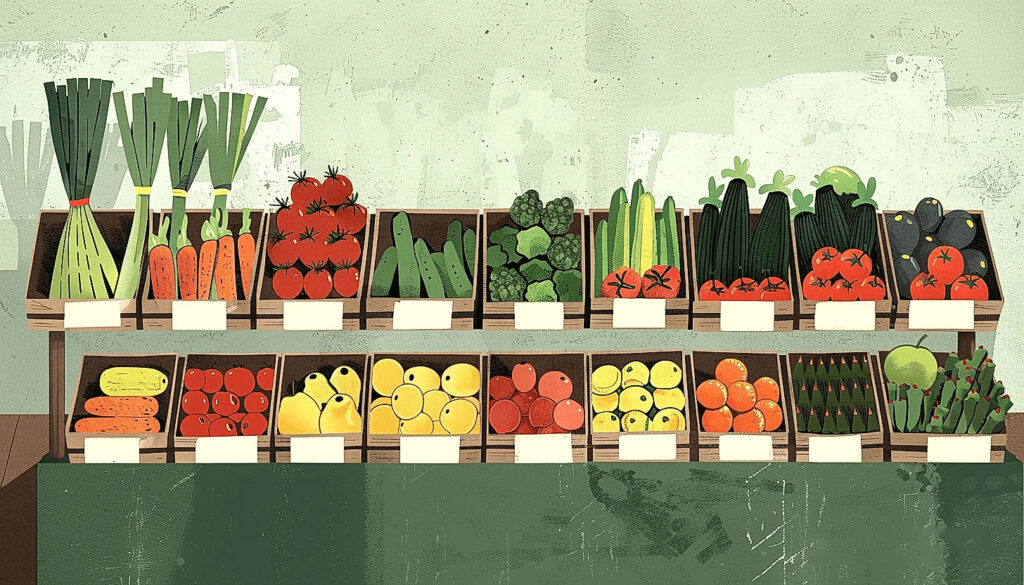
The act of changing their prices based on demand and supply can help these businesses optimize their profits, move their perishable goods more efficiently, and ensure their items do not go to waste.
To give you a better grasp on this, we’ll dig in into some examples of how dynamic pricing works and how it can be driven by demand and supply.
Let’s imagine a scenario where a grocery store has a surplus of pineapples.
If the demand for pineapples is currently low, the store may choose to lower the prices of its pineapples so that more customers will be enticed to buy.
This effectively manages the supply and demand ratio by increasing the demand through a decrease in price, ensuring the perishable pineapple does not go to waste.
Presented below are some key considerations when implementing dynamic pricing:
- Market Conditions: The current conditions of the market greatly determine the price. High demand and low supply often mean the price can be increased, and vice versa.
- Consumer Behavior: Understanding your consumer’s buying habits and being able to anticipate their needs, can help in setting a dynamic price.
- Competitor Analysis: Knowing how your competitors price their products can help you set more competitive dynamic prices.
Therefore, dynamic pricing based on demand and supply is a key strategy for businesses in the produce industry to prevent wastage and increase sales and profits.
It is imperative to note, however, that dynamic pricing requires a thorough understanding of not only the market but also customer behaviors and patterns.
It may require a significant amount of effort to implement effectively, but when done correctly, it could immensely boost a business’s profit margins as well as maximize overall efficiency.
By integrating this strategy, a business in the produce industry could adeptly navigate the fluctuating demand and supply that is a constant in their field, allowing them to not only survive but thrive.
5. Provide discounts for bulk purchases
In Short: Offering discounts for bulk purchases can boost sales volumes and streamline inventory management for a produce business, yet careful analysis of market behavior, cost of goods, and customer trends is crucial to maintain profitability. Time-limited bulk discounts and strategies that align with the brand’s value proposition are instrumental in maximizing profits without damaging the perceived value of the product.
For a produce business, offering a discount for bulk purchases can serve as an instrumental pricing strategy that maximizes profit.
Doing so not only encourages customers to buy in larger quantities but also facilitates inventory management and reduction of potential waste.
In order to implement this strategy effectively, it is essential for businesses to understand their margin levels and how much of a discount can be offered without damaging profitability.
A successful bulk discount pricing strategy will require careful balancing between volume sales, product value perception, and maintaining profit margins.
One crucial element in providing discounts for bulk purchases is knowing your customer base and their purchasing patterns.
Customer trend analysis can help identify which products are more likely to be bought in larger quantities and at which times.
The application of this strategy, like any other, should not be random but should be based on careful analysis and understanding of market behavior.
Consequently, here’s a list of factors that should be kept in mind when offering discounts:
- Market positioning – Is a business known for quality produce or affordability?.
- Cost of goods – Knowledge of how much it costs to produce or acquire a product is important before offering any discounts.
- Competitor Analysis – It’s critical to understand how competitor pricing and deals might impact a customer’s decision to buy in bulk.
- Customer behavior – Understanding the shopping behavior of customers, what items they typically buy in bulk, and at what price points can guide discount decisions.
Another key consideration is the timing of bulk discounts and the marketing strategies used to promote such discounts.
Produce, unlike other product categories, is perishable, and pricing strategies need to reflect this. Time-limited discounts can create a sense of urgency, encouraging customers to make bulk purchases.
The offer of bulk discounts must also align with the brand’s image and value proposition.
If a produce business is known for its premium quality, offering too many discounts might undermine that perception of value.
Therefore, the discount strategy needs to be well integrated into the overall pricing approach, complementing other tactics and ensuring the sustainable profitability of the business.
As we all know, discounts for bulk purchases can stimulate sales volume and expedite inventory turnover, leading to maximized profits for a produce business when done correctly.
6. Use Promotional Pricing for New Product Launches
In Short: Promotional pricing involves temporarily reducing the price of a new product to attract more customers and works well in competitive markets. This strategy, effective in drawing customer attention, clearing inventory and introducing new customers, should be carefully timed to maintain product’s perceived value and requires measurement of its success to refine future implementations.
When bringing a new product to the market, promotional pricing can be an incredibly effective strategy.
It involves temporarily reducing the price of the new product to attract more customers.
This strategy works especially well in competitive markets, where customers have a variety of similar products to choose from.

By lowering the price, you are essentially offering the same value but at a lower price, making your product more attractive.
An important factor in effective promotional pricing is the element of time.
Typically, the price reduction is only for a limited period, which also creates a sense of urgency for customers to purchase before the promotional offer ends.
However, businesses must be careful not to let the promotional price run for too long as it can cause damage to the product’s perceived value in the long run.
To cover this topic more in depth, here are the key factors that make promotional pricing an effective strategy:
- Attention Grabbing: Consumers tend to be more attracted to products on sale. A lower price can quickly grab their attention and bring them to your store.
- Inventory Clearance: For products that are perishable or seasonal, promotional pricing can help clear out inventory and reduce waste.
- Introducing New Customers: By lowering the price, a business can introduce new customers to their products. This can hopefully convert these new customers into regular customers after the promotion ends.
Promotional pricing can also be effective in building brand awareness and gaining customer loyalty.
Customers who try your products and are satisfied with the quality will likely come back for repeat purchases, even when the product returns to its original price.
It’s important to measure the success of the promotional pricing strategy by tracking the sales numbers, customer foot traffic, and levels of inventory turnover.
Pro Tip: Promotional pricing, which involves temporarily reducing the price of a new product for a limited period, can effectively attract more customers, clear out inventory, and introduce new customers to a business, ultimately building brand awareness and customer loyalty.
This will help you in refining the strategy for further product launches and determine how long and how often you should implement promotional pricing.
At the end of the day, promotional pricing is not just about selling a new product at a lower price; it also entails a comprehensive strategic approach that includes a deep understanding of the market and the brand’s objectives.
7. Seasonal Pricing Strategy for Certain Fruits/Vegetables
In Short: Seasonal pricing strategy for fruits and vegetables involves adjusting prices according to their natural availability and seasonality, helping sellers increase sales and profit margins. This approach requires a deep understanding of produce life cycles, ability to adapt quickly to market changes, and a consistent effort in market research, alongside raising customer awareness and creating purchase incentives during peak seasons.
Seasonal pricing is a unique strategy that is particularly applicable when discussing the maximization of profit in the retail of fruits and vegetables.
This approach requires a profound understanding of the seasonality and life cycles of different produce.
By syncing the prices with the natural availability of the commodities, fruit and vegetable sellers can increase both sales and profit margins.
In simple terms, when a fruit or vegetable is in its peak season and more readily available, the supply exceeds the demand.
This typically lowers the market price, presenting a great opportunity for retailers to purchase in bulk and sell at competitive prices.
Let’s consider some examples of how a seasonal pricing strategy might work:
- Strawberries are in abundance during the summer. The retailer can buy at a lower price from the farmers and sell with a reasonable margin, thereby securing profits while providing consumers with a lower price than out-of-season months.
- During the winter, oranges and clementines become more widely available. At this point, retailers can drop prices to drive increased sales, while maintaining a healthy profit margin.
- For a produce item like asparagus, which has a very short high-yield season, retailers can increase prices slightly, knowing customers are willing to pay a premium for the freshest produce.
It’s important to note that this strategy requires careful planning, and maintaining flexibility in pricing is crucial.
Prices might need to be decreased or increased swiftly in response to sudden market changes.
Harvest failures, unpredictable weather conditions, or changes in import and export tariffs can all affect the cost and availability of certain fruits and vegetables.
Therefore, the ability to adapt pricing quickly can save substantial losses and maintain profit streams.
Conducting regular market research to keep up-to-date with trends and fluctuations in produce availability will be a continual requirement for this pricing strategy.
Moreover, creating loyalty programs or incentives for customers to buy certain fruits and vegetables during their peak seasons can accelerate sales and increase the overall profitability.
Informing consumers about the advantages of consuming seasonal produce, like higher nutrient content and better taste, can help stimulate demand.
Fluctuating the prices in correlation with the season can also kinder a sense of urgency among consumers to buy while prices are low.
Thus, a well-executed seasonal pricing strategy can be extremely effective in the industry for fruit and vegetable retail, aiding in the maximization of profits.
The Bottom Line
Effectively implementing the right pricing strategy in the agricultural sector requires a fine balance and a thorough understanding of the market.
While several methods may seem beneficial on the surface, a comprehensive analysis of one’s product, consumer, and competition is essential before making any substantial pricing decisions.
Strategies such as competitive pricing, penetration pricing, psychological pricing, and value-based pricing all offer unique routes to optimize profits, each benefiting from detailed market analysis and wise implementation.
In the end, a farmer’s route to profitability depends on striking the right equilibrium between these various strategies to match their singular situation. It is through this strategic adoption of the appropriate pricing model that farmers can truly maximize their earnings in the produce market.

